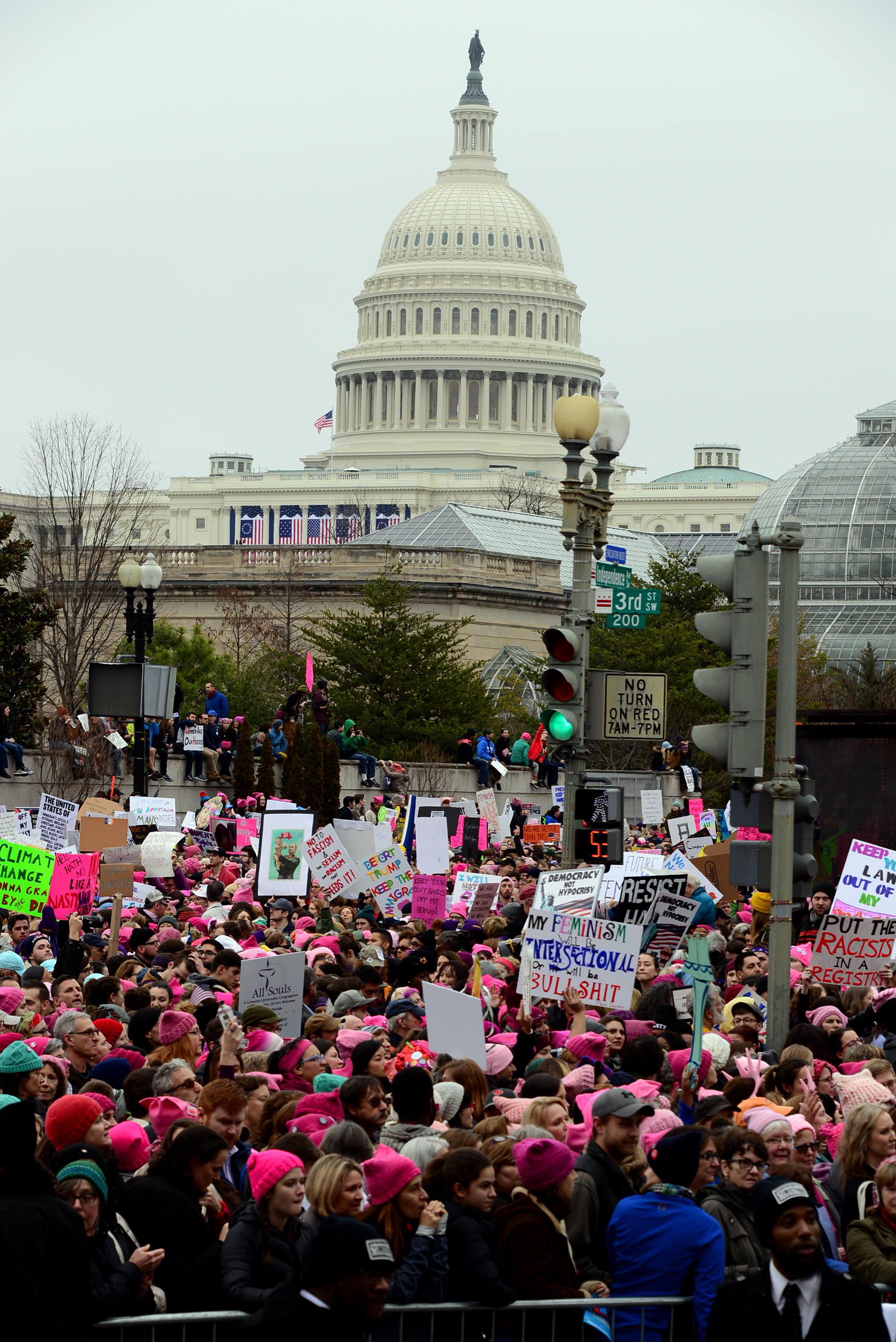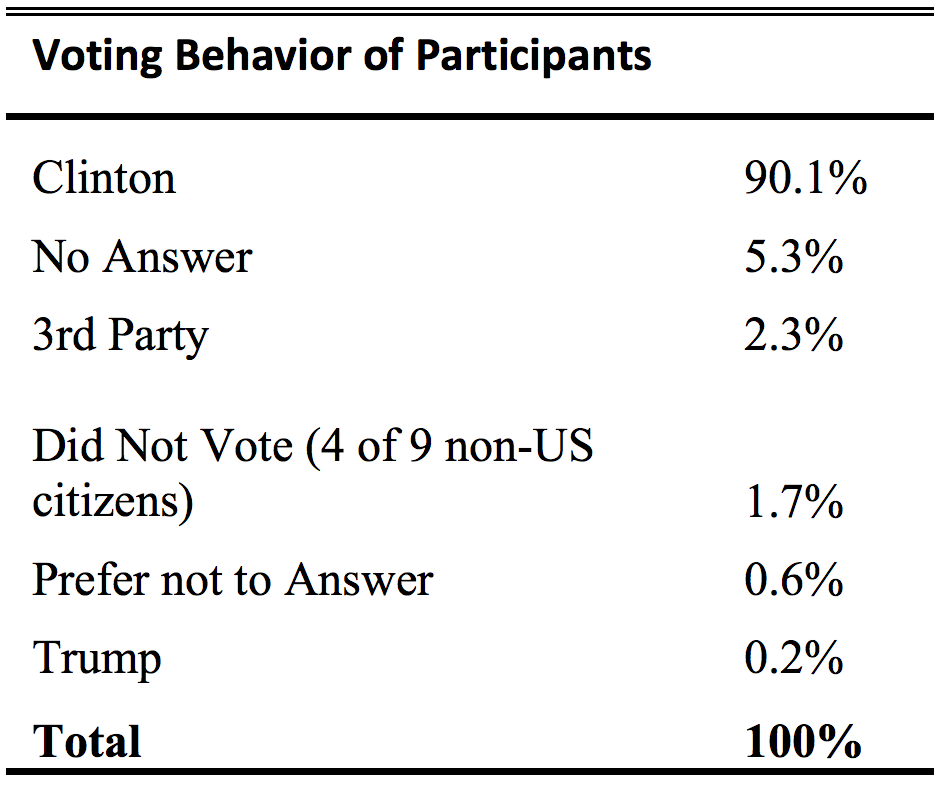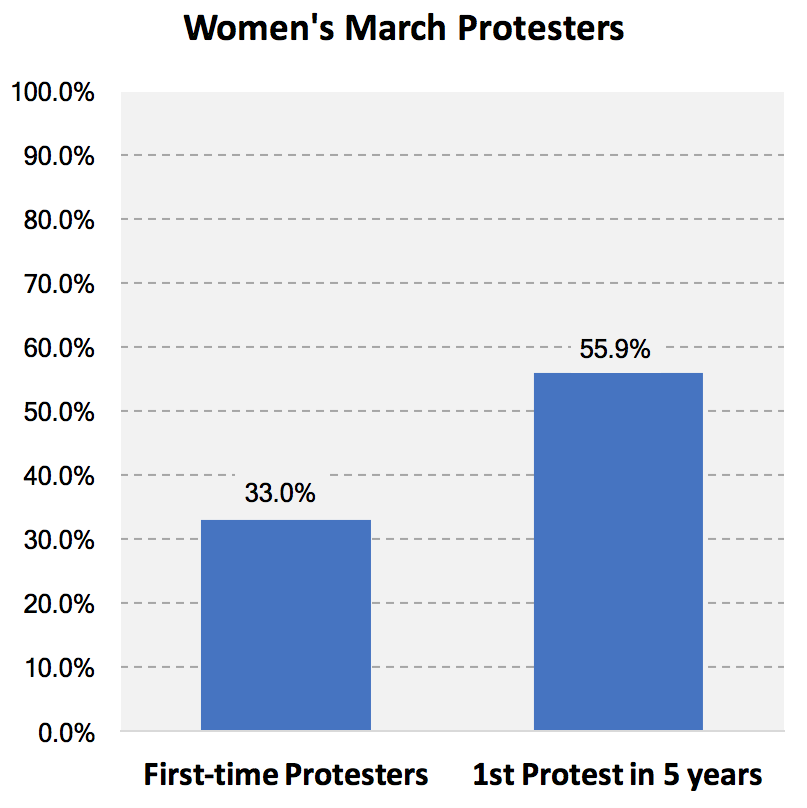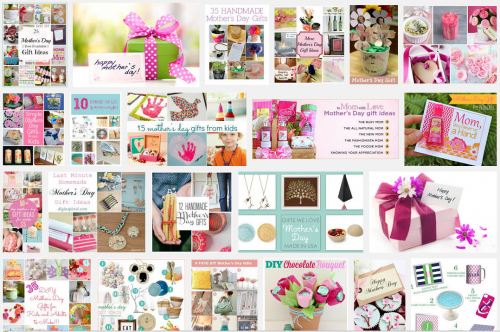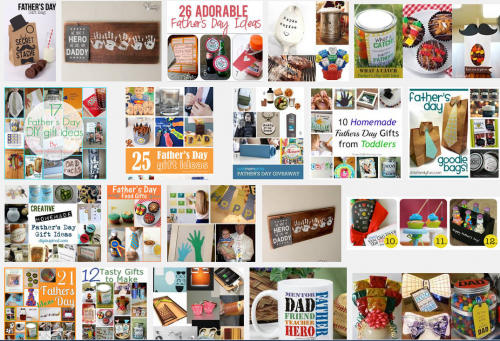For Mother’s Day, I wrote my third post on mothering for Money magazine about the divergence in income among other-sex couples once kids arrive, called the “motherhood penalty” and “fatherhood premium.” Here’s the whole list:
- The hidden penalty of motherhood — and what it costs us
- The invisible workload that drags women down
- The modern marriage trap — and what to do about it
And please enjoy these posts from SocImages’ Mother’s Days past!

- Bookstore Says: Dad’s Read, Moms Like Pink Things
- Boys Will Be Boys and Mothers Will Be Crazy
- When Boys Misbehave, it’s Adorable
- The Social Construction of the Mothering Instinct
- Dads Read, Moms Like Pretty Things
- Cleaning as Mother/Daughter Bonding (pictured)
- Barnes and Noble Mother’s Day Gift Guide
Lisa Wade, PhD is an Associate Professor at Tulane University. She is the author of American Hookup, a book about college sexual culture; a textbook about gender; and a forthcoming introductory text: Terrible Magnificent Sociology. You can follow her on Twitter and Instagram.

